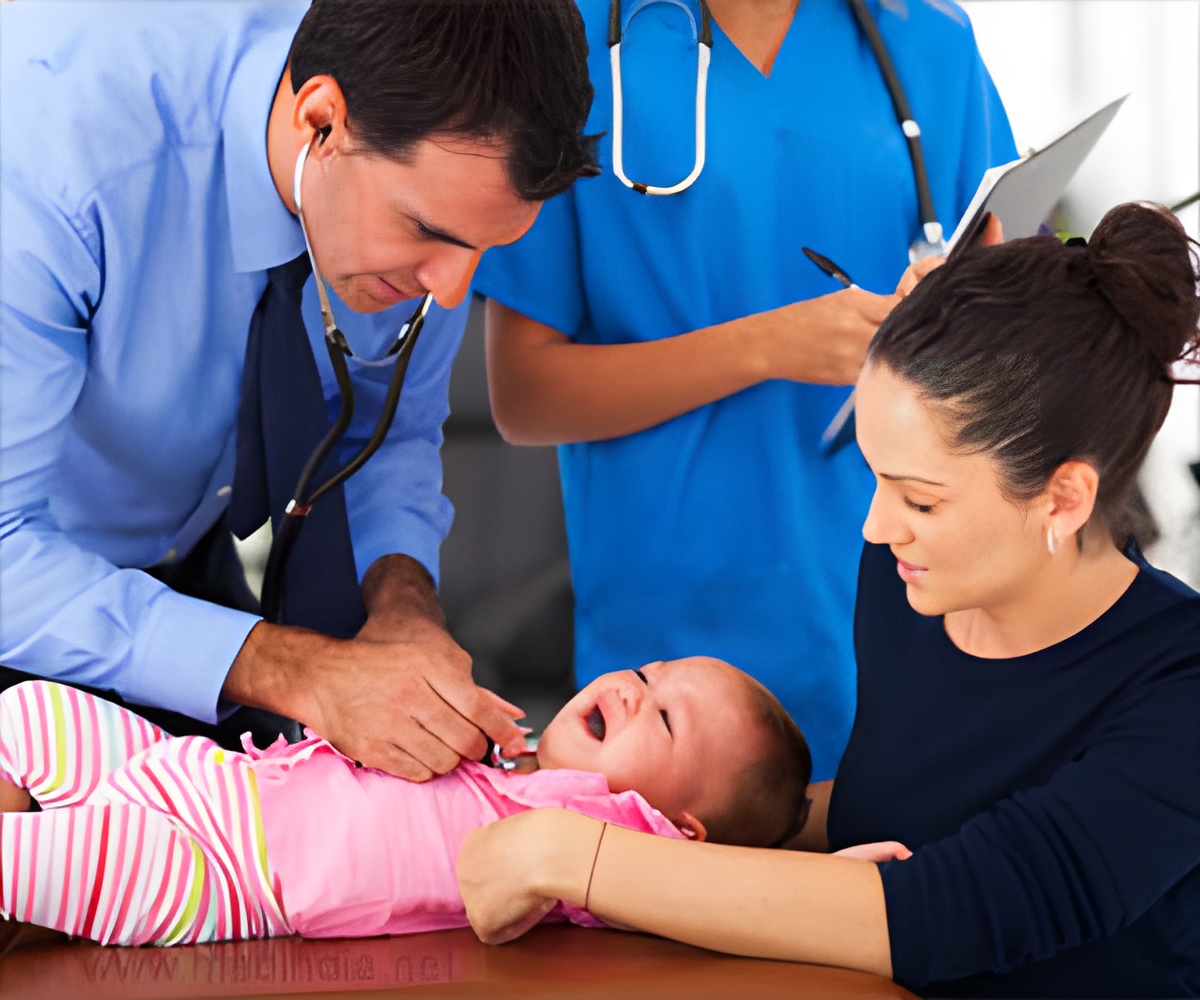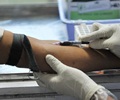
‘A tool called the Braden Q Scale is used to identify pediatric patients at risk for developing injuries due to inability to move or from medical procedures. The new, simplified Braden QD Scale helps predicts risks for both immobility-related and medical device-related injuries.’
Tweet it Now
In a study from the University of Pennsylvania School of Nursing (Penn Nursing), a new, simplified Braden QD Scale now describes combined immobility-related and MDPI risk in a broader, more diverse sample of pediatric patients typically cared for in acute care environments. The multi-center, prospective cohort study is published in The Journal of Pediatrics."The Braden QD Scale provides acute care pediatric clinicians with one instrument to predict both immobility and device-related pressure injuries across diverse age and clinical populations," says lead-author Martha A. Q. Curley, Ph.D, RN, FAAN, the Ruth M. Colket Endowed Chair in Pediatric Nursing at Penn Nursing and Children's Hospital of Philadelphia.
Pressure-related skin injuries, a nurse-sensitive quality indicator in hospitals, are associated with increased morbidity and higher costs of care. There's been much attention focused on hospital-acquired pressure injuries (HAPI) in the adult population. However, while preventable, immobility-related and medical device-related pressure injuries (MDPI) also occur in hospitalized infants and children.
Preventing pressure injury in infants and children requires that clinicians accurately identify at-risk patients and apply reliable prevention strategies for those patients. Often, the Braden Q Scale is used to help identify pediatric patients at risk for developing these pressure-related skin injuries.
"This instrument may be helpful in preventing iatrogenic injury (injuries caused by medical procedures), in facilitating quality monitoring of care, and in helping to guide resource allocation in the prevention of HAPI in hospitalized infants and children."
Advertisement










